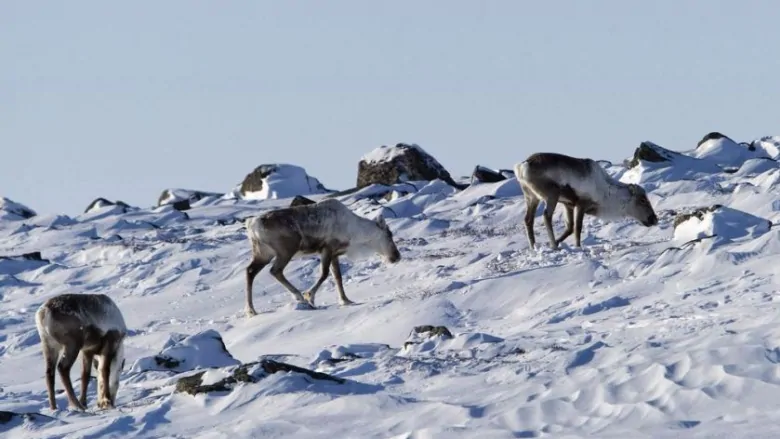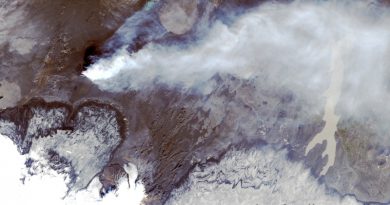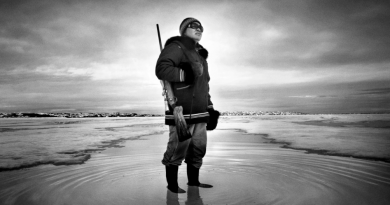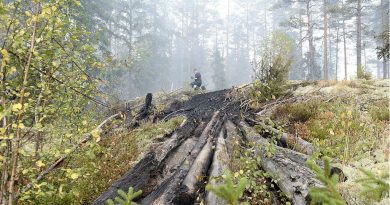Strategy to revitalize Canadian barren-ground caribou comes as numbers hit historic lows

A collective of wildlife co-management boards and governments in the Northwest Territories has come out with a strategy to revitalize barren-ground caribou populations — though governments are not legally required to meet its objectives.
The Conference of Management Authorities, which is responsible for at-risk species in the N.W.T., released a 70-page document on Thursday outlining threats to caribou and guidance for protecting their herds and increasing their numbers. The strategy applies to all barren-ground caribou herds that set foot in the N.W.T. except for the Porcupine herd.
Caribou are a “cultural and ecological keystone species” in the N.W.T., reads the strategy, especially to Indigenous communities.
- For groups to collaborate on the development and implementation of caribou monitoring and management plans.
- To monitor caribou, their habitat, and threats to their herds in the N.W.T.
- To fill in knowledge gaps using traditional, community and scientific knowledge.
- To conserve and protect caribou populations and habitat.
- To educate people and promote respect for caribou, their habitat and conservation efforts.
The strategy does not attach a dollar amount to its five aims, nor does it provide a recommended timeline for achieving them. Success of the strategy will depend on the will and co-operation of many groups involved in caribou conservation.
However, an implementation agreement is required within nine months, said Jody Pellissey, chair of the Conference of Management Authorities.
“Much of what is identified in the recovery strategy we are working on already,” said Pellissey.
Caribou numbers hit historic lows
Though caribou herds have fluctuated in size over time, reads the strategy, recent estimates suggest their numbers have hit historic lows.
The Bathurst herd, for example, has shrunk as much as 98 per cent from its peak size. This herd has also been most affected by human activity, according to the strategy, with 2,100 kilometres of road and dozens of exploration camps popping up within its range.
The declining numbers are likely due to “multiple interacting factors,” including mining and oil and gas activities, roads, wildfires, parasites, predators like wolves, and of course, climate change.
The document draws on traditional and community knowledge, which its authors say indicate that permanent changes to the landscape may mean caribou herds can never be brought back to their original might.
Barren-ground caribou were added to the territory’s list of species at risk in July 2018, which triggered the development of a recovery strategy within two years.
Now, a progress report on caribou conservation and recovery efforts is expected every five years, with the first report due in 2026.
“The idea is not to have these documents and then set them on shelves.” said Pellissey. “We want them to be working documents to provide guidance so that we can end up with some kind of recovery.”
Related stories from around the North:
Arctic: Arctic sea ice loss linked to spread of deadly virus in marine mammals, Eye on the Arctic
Canada: ‘They get around’: Pelicans spotted as far north as Nunavut, in Canadian Arctic, CBC News
Finland: Finland’s endangered Saimaa ringed seal population reaches 400, Yle News
Greenland: Oldest Arctic sea ice vanishes twice as fast as rest of region, study shows, Eye on the Arctic
Norway: In Arctic Norway, seabirds build nests out of plastic waste, The Independent Barents Observer
Russia: Mass vaccination is underway on Russia’s Yamal tundra, The Independent Barents Observer
Sweden: Warnings in Sweden about dangerous bacteria in Baltic Sea, Radio Sweden
United States: Mass grey whale strandings may be linked to solar storms, CBC News



